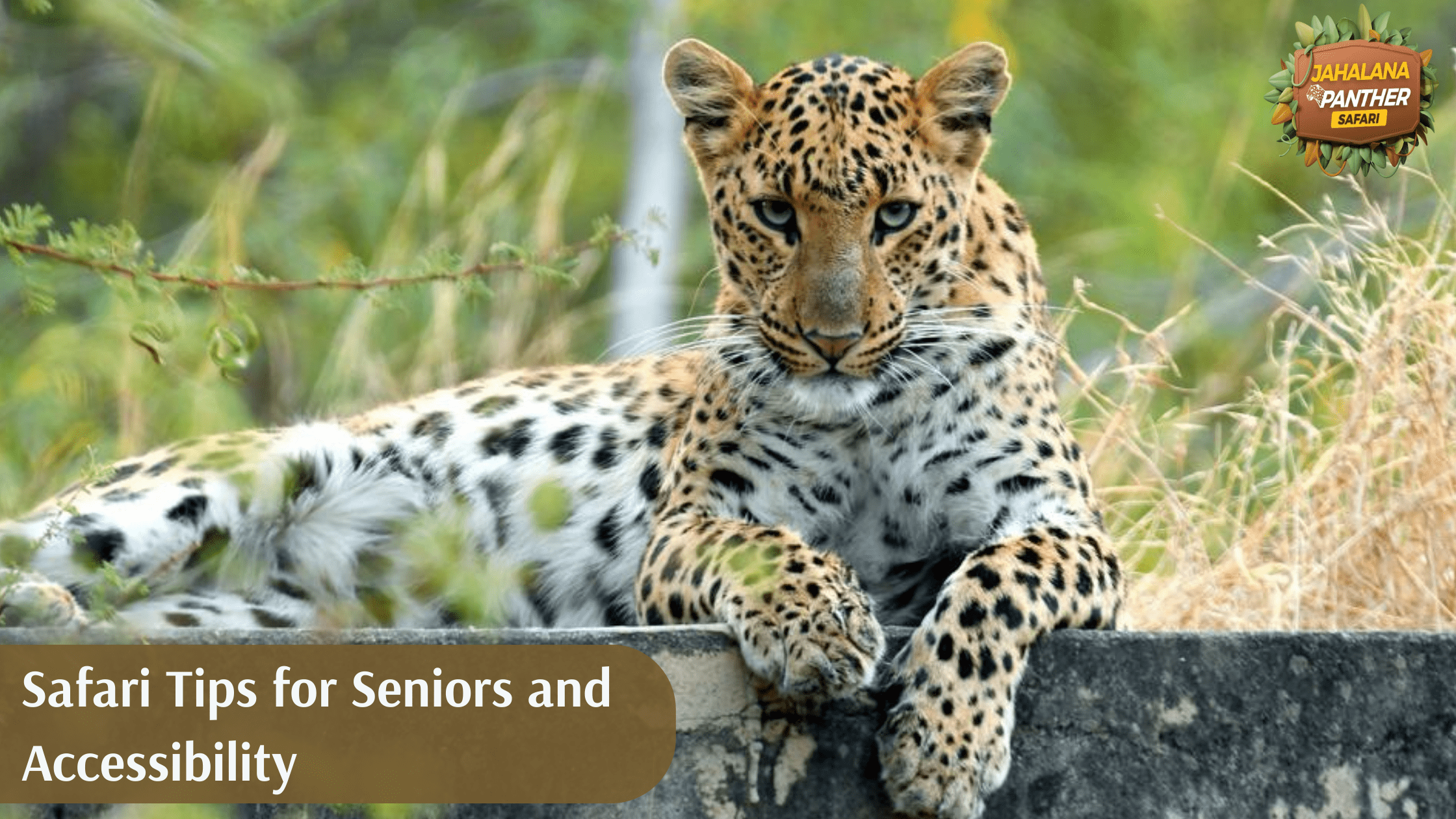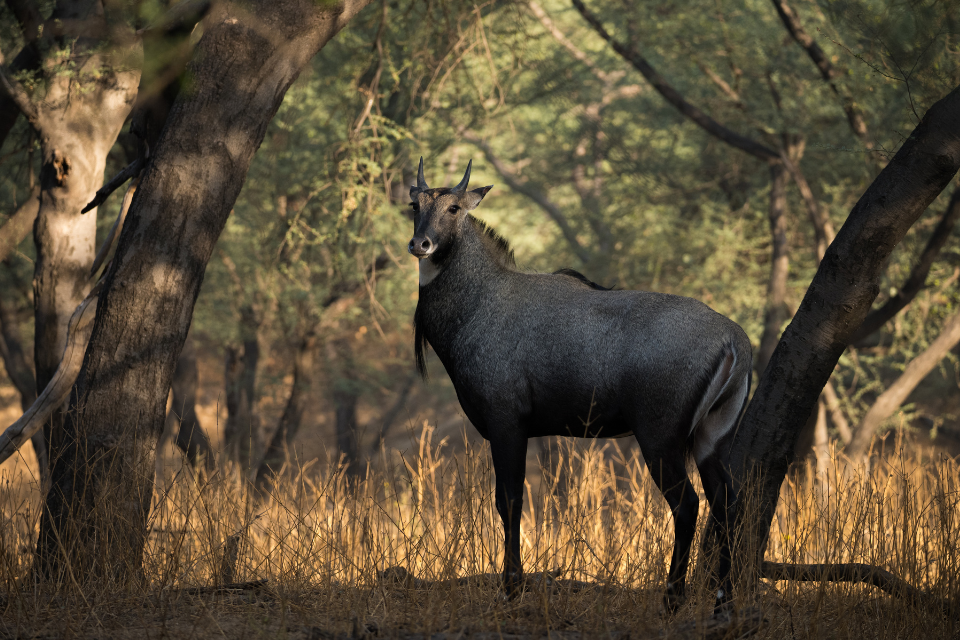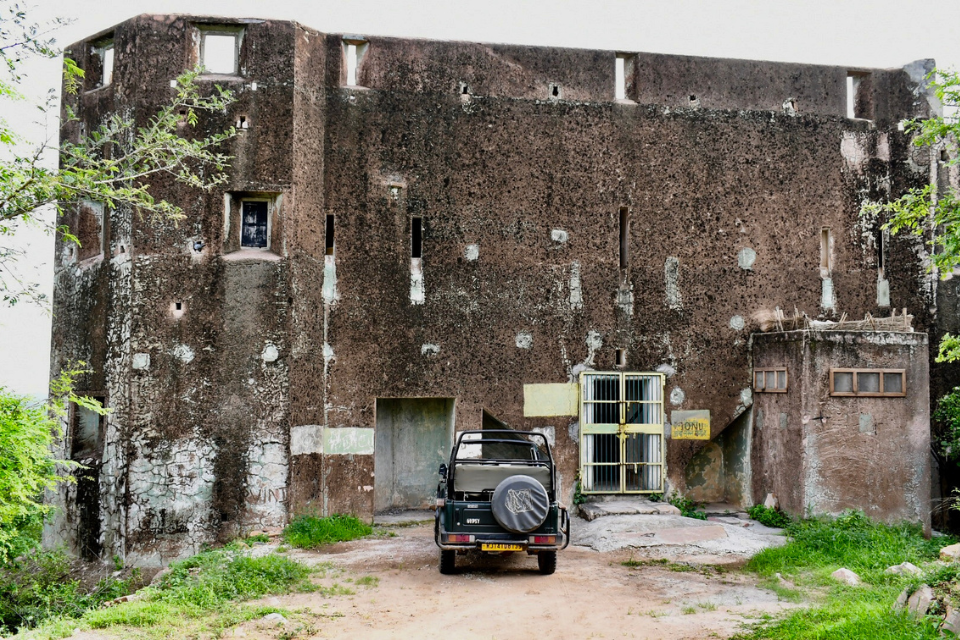- August 27, 2025
Safari Tips for Seniors and Accessibility
1) Why Safaris Work Brilliantly for Seniors
Safaris look adventurous, but done right they’re surprisingly gentle. Most wildlife viewing happens from comfortable, open-sided vehicles or boats; the “walking” is often optional; and drives are punctuated by tea breaks, picnic breakfasts, and sundowners. With the right operator, you can tailor each day’s pace, focus on short drives near camp, and choose lodges designed with ramps, railings, and level pathways. The slower rhythm of a safari—watching elephants browse in silence or listening to nightjars over dinner—fits beautifully with senior travelers who value comfort, safety, and meaningful experiences over speed.
2) Plan Smart: Accessibility From Day One
Pick the right destination and season.
Southern and East Africa both offer excellent infrastructure. For first-timers who want great roads and abundant wildlife, look at South Africa’s private reserves, Kruger-adjacent concessions, or malaria-free areas like Madikwe. In East Africa, consider mainstream circuits in Kenya’s Masai Mara conservancies or Tanzania’s Ngorongoro/Serengeti with quality lodges. Travel in dry months for smoother tracks and fewer mosquitoes.
Choose an operator with accessibility experience.
When comparing companies, ask specifically about:
- Wheelchair-compatible vehicles or portable steps and handrails.
- Ability to allocate front- or end-row seats for easier entry/exit.
- Flexible schedules (shorter drives, more rest stops, late starts).
- Proximity of rooms to the main area and escorted walks after dark.
- Staff training for assisting guests with mobility, hearing, or vision needs.
Customize the itinerary.
- Fewer camp changes (every 3–4 nights in one place) reduces packing fatigue.
- Short internal flights (rather than long road transfers) protect energy.
- Backup days to rest after long journeys keep morale high.
Private vehicle days let you set the pace and stop whenever you like.
3) Health, Insurance & Safety Essentials
Talk to your doctor. Discuss immunizations, malaria prevention (if applicable), and interactions with current medications. Request a printed medication list and generic names.
Travel insurance that really covers you. Ensure it includes:
- Medical evacuation to a major city.
- Pre-existing conditions (declare them).
- Trip interruption for medical reasons.
Manage heat and hydration.
- Wear a wide-brim hat and light, long-sleeved clothing.
- Sip water continuously; operators can stock your seat pocket with bottles.
- Use electrolyte sachets if you’re prone to cramps or dehydration.
Medication management.
- Pack 2–3 weeks extra meds split between carry-on and checked baggage.
- Use a rigid, labeled pill organizer; keep a printed schedule in large type.
- Bring spare prescription glasses, sunglasses with UV protection, and lens cloths.
General safety.
- Wildlife lodges often require escorts after dark—use them.
- Never approach animals on foot unless on a guided, approved walk.
- Keep hands and equipment inside the vehicle; animals can be closer than they appear.
4) Game-Drive Comfort: Seats, Steps, and Stops
Right seat = big difference.
- Front row gives the smoothest ride and easiest step-in/out.
- Aisle or edge seats provide more legroom and leverage for standing.
- If hearing is a concern, sit nearest the guide; ask for a voice amplifier or headset if available.
Entry and exit.
- Request portable steps, grab handles, and anti-slip treads.
- Practice the “two-touch rule”: one hand on a handle, one foot secure before moving.
Drive duration.
- Aim for 2–3 hours per outing with a comfort stop halfway.
- Ask for photography pauses where you can stretch, sip water, and adjust cushions.
Vibration and back comfort.
- Bring a small lumbar pillow or inflatable cushion.
Compression socks can reduce swelling on bumpy tracks.

5) Choosing Accessible Lodges & Camps
Look for:
- Level paths or ramps between rooms and main areas.
- Rooms near reception/dining to minimize walking distance.
- Walk-in showers with grab bars and non-slip mats; shower chairs on request.
- Bright, even lighting, large-print room directories, and contrasting steps.
- Dining flexibility: plated service instead of high buffet counters; staff assistance for carrying plates.
Room requests to send in advance:
- Ground-level room close to the main area.
- Fridge for medicines if needed.
- Extra pillows, firm mattress topper, or lower bed height.
6) Senior-Friendly Safari Packing List
Documents & health
- Passport, e-visas, vaccination card (if required), travel insurance policy.
- Medication list, pill organizer, blood-pressure monitor if you track regularly.
- Basic first-aid: band-aids, antiseptic wipes, anti-diarrheals, antacids, antihistamines, pain relievers.
Clothing
- 2–3 breathable long-sleeve shirts; 2 lightweight trousers; 1 pair of shorts.
- Fleece or light jacket (early mornings are cool).
- Wide-brim hat with chin strap; buff/scarf for dust.
- Comfortable closed shoes with good tread; slip-ons for camp pathways.
- Neutral earth tones for wildlife viewing (avoid bright white/fluorescents).
Comfort & accessibility aids
- Collapsible trekking pole or cane with rubber tip.
- Folding step or strap handle if your operator can’t provide one.
- Lumbar cushion, soft knee brace, or wrist support if needed.
- Hearing-aid batteries, charger cables, and protective cases.
Sun & insect protection
- Broad-spectrum sunscreen SPF 30+; lip balm with SPF.
- Insect repellent with DEET or picaridin; after-bite cream.
- Light gloves if your skin is sensitive to sun or rough surfaces.
Tech & optics
- Binoculars (8x or 10x), preferably image-stabilized.
- Smartphone with offline maps, flashlight app, and large-type settings configured.
- Power bank and universal adapter.
Nice-to-haves
- Soft earplugs and sleep mask.
- Zip bags to organize meds/snacks.
- Small thermos for hot tea on drives.
7) Helpful Tech & Communication Tips
- Phone settings: Increase text size, enable high contrast, turn on “flashlight” shortcut, and add emergency contacts to the lock screen.
- Hearing-friendly guiding: Ask the guide to face you when speaking; request slower, clearer briefings; carry a lightweight voice recorder app if you like to replay facts.
- Navigation: Download offline maps for the region and the airports you’ll pass through.
- Connectivity: Many camps have limited Wi-Fi. Plan to go offline and share updates when back in a town or at the end of the day.
8) Photography Tips for Shaky Hands or Limited Mobility
- Use support: A beanbag on the vehicle rail steadies cameras beautifully.
- Favor stabilization: Enable optical stabilization; use burst mode for moving wildlife.
- Shorter lenses, better keepers: A sharp 200–300mm photo beats a blurry 600mm.
- Use your elbows: Tuck them into your torso to reduce shake.
- Pre-focus: Ask the guide to stop with the sun over your shoulder; pre-focus where animals might cross.
9) A Sample “Slow Safari” Day
- 06:30 Gentle wake-up with coffee/tea delivered to your room.
- 07:15–09:30 Short, leisurely game drive to a nearby waterhole; picnic breakfast on the vehicle.
- 10:00–12:30 Return to camp; rest, read, or enjoy a spa treatment.
- 13:00 Seated lunch (no buffets, or assisted service).
- 15:30–18:00 Afternoon drive with a long scenic stop; sundowner at an easy-access viewpoint.
- Evening Early dinner, then stargazing from the lounge—escorted walk back to your room.
The day is balanced: two moderate drives, ample rest, and minimal stairs or long walks.
10) Budgeting Without Compromising Comfort
- Travel shoulder season for lower rates but good wildlife (ask for months with mild temperatures).
- Fewer camp switches = fewer transfer costs and more down time.
- Private vehicle for a day or two rather than every day—use it on longer routes or special sightings.
- All-inclusive lodges often simplify planning and reduce surprise expenses.
11) Etiquette & Wildlife Safety
- Keep voices low; animals relax when the vehicle is quiet.
- Do not stand up suddenly—movement silhouettes can spook wildlife.
- Never feed animals.
- Follow your guide’s instructions at all times; they read animal behavior and keep the vehicle positioned safely.
- Tip fairly if service exceeded expectations—ask your operator for guidance.
12) Traveling With a Companion or Carer
- Share mobility preferences and a simple hand signal for “pause, I need a moment.”
- Carry a small daypack with the essentials: meds, water, tissues, disinfectant gel, spare glasses.
- Decide in advance who handles documents and payments, so airport transitions stay calm.
- Build quiet time into each day; constant stimulation can be tiring.
13) Common Mistakes to Avoid
- Overpacking the itinerary with too many camps or flights.
- Assuming all lodges are accessible—details vary widely.
- Forgetting to pre-book ground-floor rooms and near-vehicle seating.
- Skipping travel insurance with evacuation cover.
- Not communicating dietary, hearing, or mobility needs in writing ahead of arrival.
14) Questions to Ask Any Safari Operator
- Do you have portable steps, grab handles, and low-entry vehicles?
- Can you guarantee front-row seating or a private vehicle on some days?
- Are rooms ground-level and close to main areas? Any ramps or handrails?
- What distance is typical between rooms and dining? Escorted walks after dark?
- Can the kitchen handle dietary restrictions and provide assisted table service?
- How long are game drives, and how often are comfort stops?
- Do you provide hearing assistance options (amplifiers/headsets) or printed briefings?
15) FAQs
Q1: Is a safari safe for seniors with limited mobility?
Yes—if you choose accessible lodges, request vehicle aids (steps/handles), and customize drive length. A private vehicle on select days can make it even easier.
Q2: Which African destinations are most accessibility-friendly?
South Africa’s private reserves and malaria-free parks are strong for infrastructure. Kenya and Tanzania also work well when you pick reputable operators and mainstream circuits.
Q3: Do I need to walk or hike on safari?
No. Most wildlife viewing is done from vehicles or boats. Guided bush walks are optional; choose short, level walks if you’re comfortable.
Q4: How long should a senior-friendly safari be?
Seven to ten days with two or three bases is a good sweet spot—enough variety without constant repacking.
Q5: What about medical care in remote areas?
Lodges have first-aid and radio/phone links to doctors. Always carry insurance that includes medical evacuation to a major city.
Q6: Are malaria-free safaris possible?
Yes. Certain South African reserves are malaria-free. Otherwise, discuss prophylaxis with your doctor and focus on mosquito precautions.
Q7: Can dietary requirements (diabetic, low sodium, gluten-free) be accommodated?
Absolutely—notify your operator in writing ahead of time. Quality lodges are experienced with special diets.
Q8: I use a hearing aid. Will I miss the guide’s commentary?
Ask to sit close to the guide, request slower speech or a voice amplifier, and consider printed or digital briefings after each drive.
Wrap-Up
A safari for seniors isn’t about rushing from sighting to sighting—it’s about ease, wonder, and well-supported access to the wild. With the right operator, a realistic pace, and a few smart accessibility tweaks, you’ll enjoy front-row seats to nature without sacrificing comfort or safety. Share your needs early, keep days unhurried, and choose camps designed to welcome everyone. The lions and elephants aren’t going anywhere; you can take your time.
Disclaimer All images used in this blog are either sourced from public domain or credited to their respective owners. If you are the copyright holder of any image and wish to request its removal or proper attribution, please contact us at [email protected]














